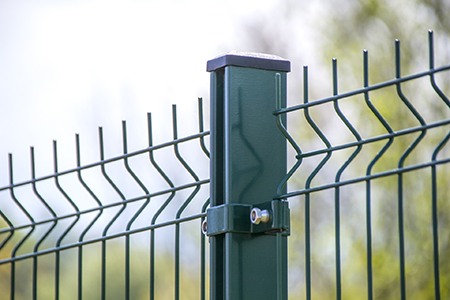Ene . 01, 2025 04:28 Back to list
Versatile 2x1x1 Gabion Solutions for Landscaping and Erosion Control Projects
The Versatility of 2x1x1 Gabion Products in Modern Landscaping and Construction
Gabions have emerged as a popular choice in landscaping and construction due to their unique design and multifaceted applications. The 2x1x1 gabion, specifically, has gained traction in various sectors for its practicality and aesthetic appeal. This article explores the benefits, applications, and installation tips for 2x1x1 gabion products, highlighting their importance in modern projects.
What are Gabions?
Gabions are wire mesh containers filled with rocks, stones, or other materials. Originally devised for military use, they have evolved into a crucial element in civil engineering and landscape architecture. The 2x1x1 gabion format refers to its dimensions, typically measuring 2 meters in length, 1 meter in width, and 1 meter in height, making them versatile for multiple applications.
Advantages of 2x1x1 Gabion Products
1. Durability One of the primary advantages of gabions is their robust design. Made from galvanized or coated steel wire, they withstand harsh weather conditions, making them ideal for long-term use in various environments.
2. Eco-Friendly Gabions are often filled with natural stone, which means they have minimal environmental impact. They can also promote biodiversity by creating habitats for flora and fauna in urban landscapes.
3. Aesthetics The natural look of stone-filled gabions can enhance the visual appeal of outdoor spaces. They are available in various colors, sizes, and textures, allowing for creativity in design.
4. Cost-Effective When compared to traditional building materials such as concrete or brick, gabions can be more economical. Their construction and maintenance costs are relatively low, and the materials used for filling can often be sourced locally.
5. Ease of Installation 2x1x1 gabion units are easy to assemble and position. They do not require heavy machinery, allowing for quicker installation, reducing labor costs and time delays.
Applications of 2x1x1 Gabion Products
gabion 2x1x1 products

1. Erosion Control Gabions are often utilized in riverbanks and slopes to prevent soil erosion. By stabilizing the soil, they help maintain the integrity of landscapes while allowing water to flow through, reducing pressure on the banks.
2. Retaining Walls Constructing retaining walls with gabions provides a solid structure that can withstand significant pressure from the soil behind it. They are often used in landscaping to create terraced gardens or support paths.
3. Noise Barriers In urban settings, 2x1x1 gabions can be employed as noise barriers. The mass and density of the stone-filled cages help absorb sound, contributing to a quieter environment.
4. Artistic Features Landscape architects are increasingly using gabions in creative ways, such as garden borders, seating areas, and outdoor art installations. Their flexibility allows for unique designs that blend with the natural surroundings.
5. Flood Control Gabions can serve as temporary flood barriers in emergency situations. Their weight and structure can effectively redirect water flow, mitigating flood damage.
Installation Tips
When installing 2x1x1 gabions, consider the following tips
- Site Preparation Ensure that the ground is level and stable. Remove any debris and vegetation that may interfere with the placement of the gabions. - Foundation A solid foundation is crucial. Consider using a base of compacted gravel to provide additional stability and drainage. - Filling Use a mix of stones to fill the gabions, ensuring they are packed tightly both for structural integrity and aesthetic appeal.
- Connection Properly connect adjacent gabion units with ties to form a unified structure. This helps distribute weight evenly and enhances stability.
Conclusion
The 2x1x1 gabion product stands as a testament to the intersection of functionality, durability, and aesthetic appeal in modern landscaping and construction. With its versatility, eco-friendliness, and cost-effectiveness, it offers a compelling solution for various challenges in engineering and beautification projects. As more architects and builders recognize the potential of gabions, their incorporation into designs will likely continue to grow, promoting sustainability while transforming landscapes.
-
Chain Link Fencing Mesh Durable, Affordable & Easy-Install Solutions
NewsMay.27,2025
-
Concertina Razor Barbed Wire High-Security Fencing Solutions Manufacturer
NewsMay.27,2025
-
Durable & Customizable Expanded Mesh Panels Get Free Quotes
NewsMay.27,2025
-
Temporary Fencing at Home Depot Durable, Portable & Affordable Solutions
NewsMay.26,2025
-
Temporary Fence Panel Feet Durable & Adjustable Base Supports
NewsMay.26,2025
-
Top Security Razor Wire Concertina Fences Trusted Manufacturers
NewsMay.25,2025



